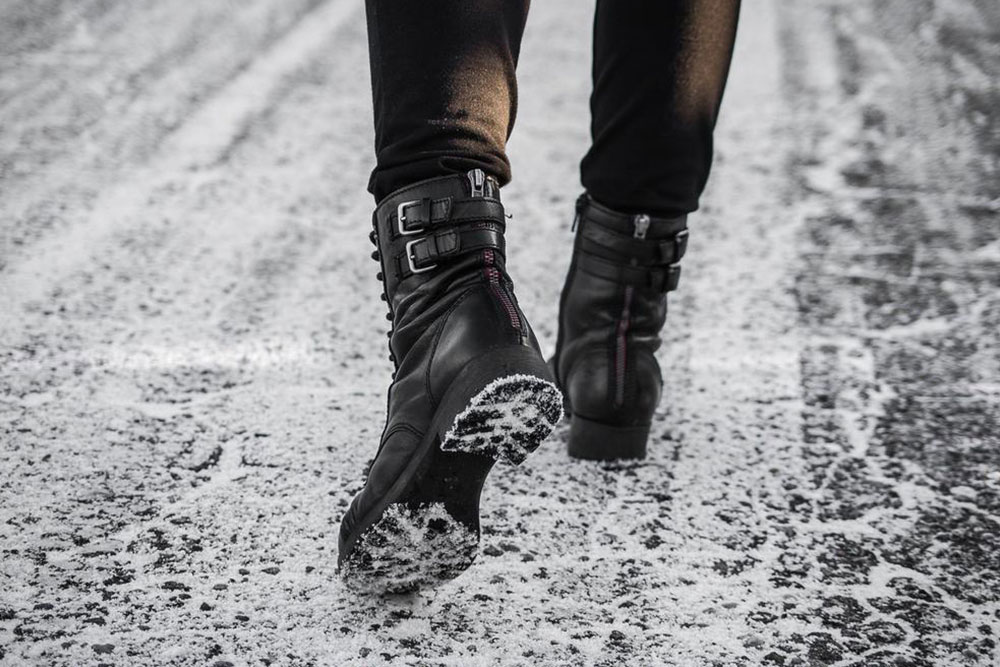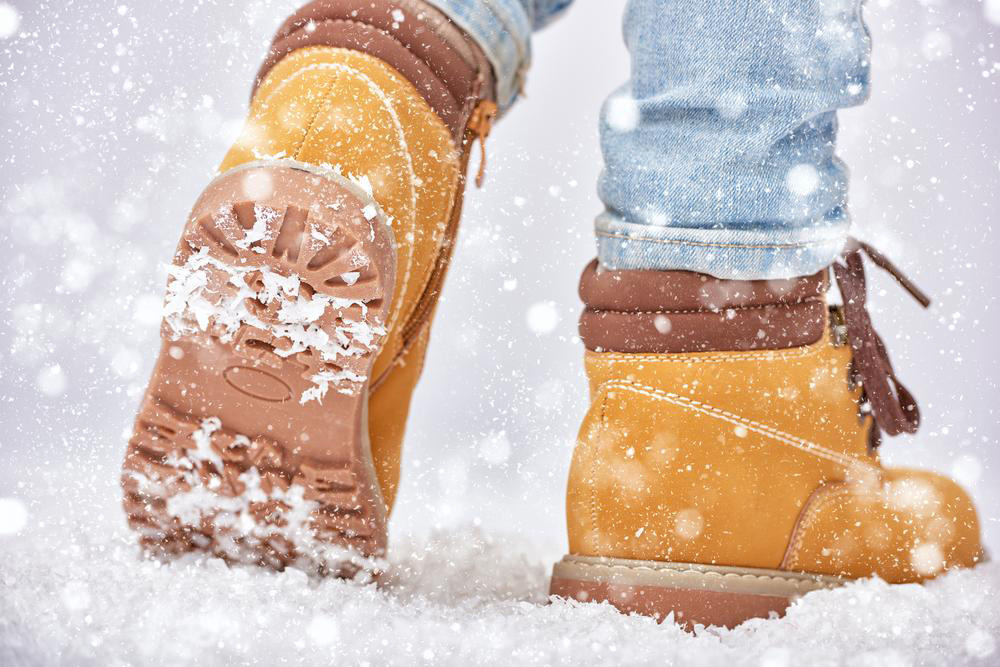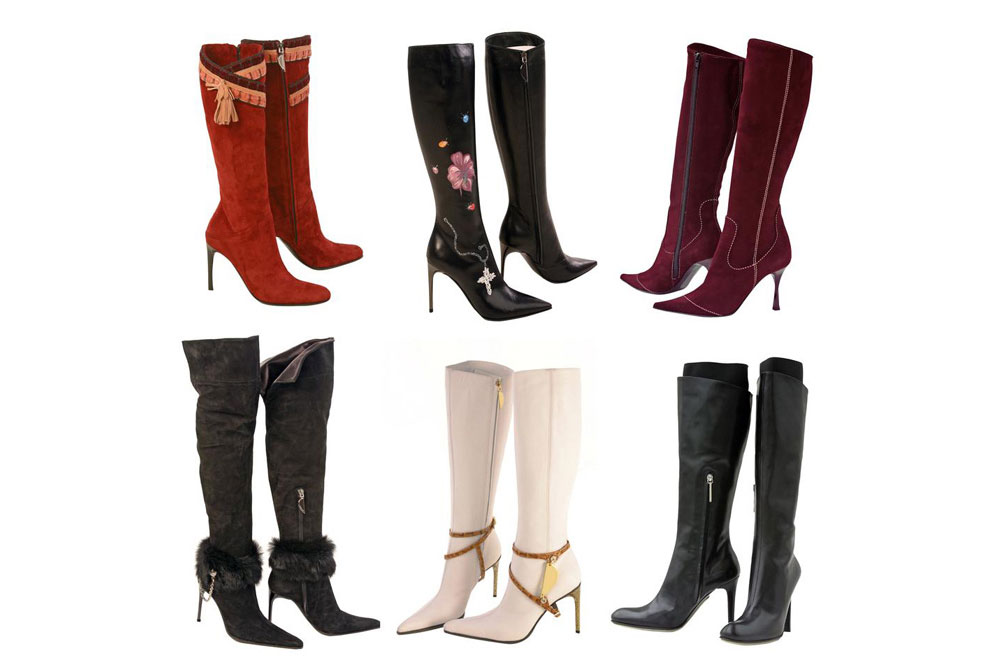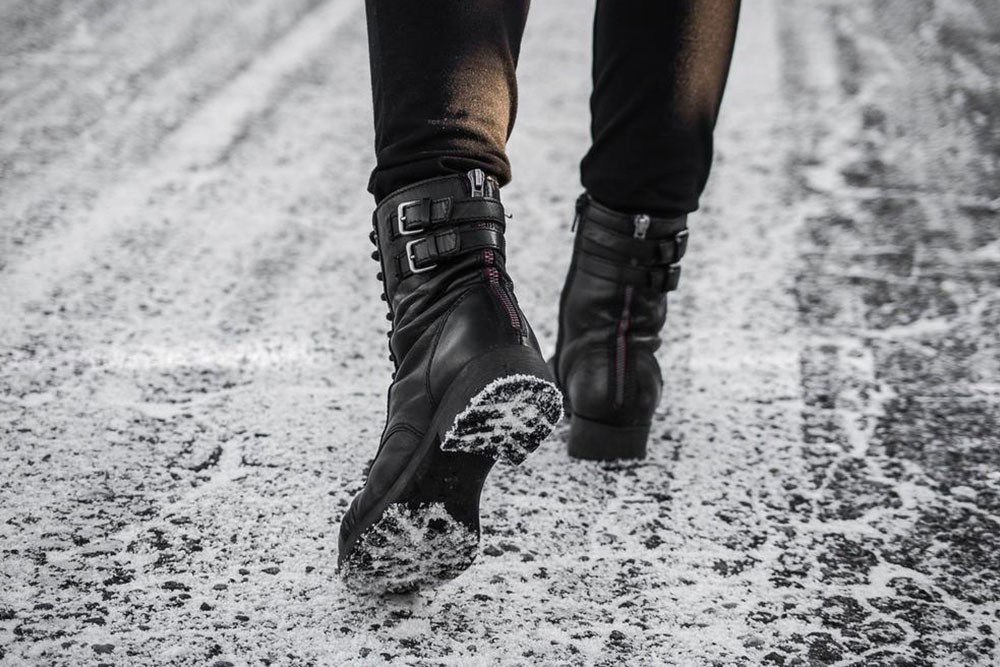Guide to Selecting Optimal Snow Boots for Men
Discover how to select the perfect snow boots for men with this comprehensive guide. Learn about waterproofing, insulation, height, sole types, and materials essential for cold-weather comfort and safety. Designed to help you make informed choices, this article emphasizes durability, traction, and protection against harsh winter elements. Whether for work or outdoor activities, find tips to choose snow boots that keep feet warm, dry, and secure in deep snow and icy conditions. Equip yourself with the right footwear for winter adventures or daily cold-weather commutes.
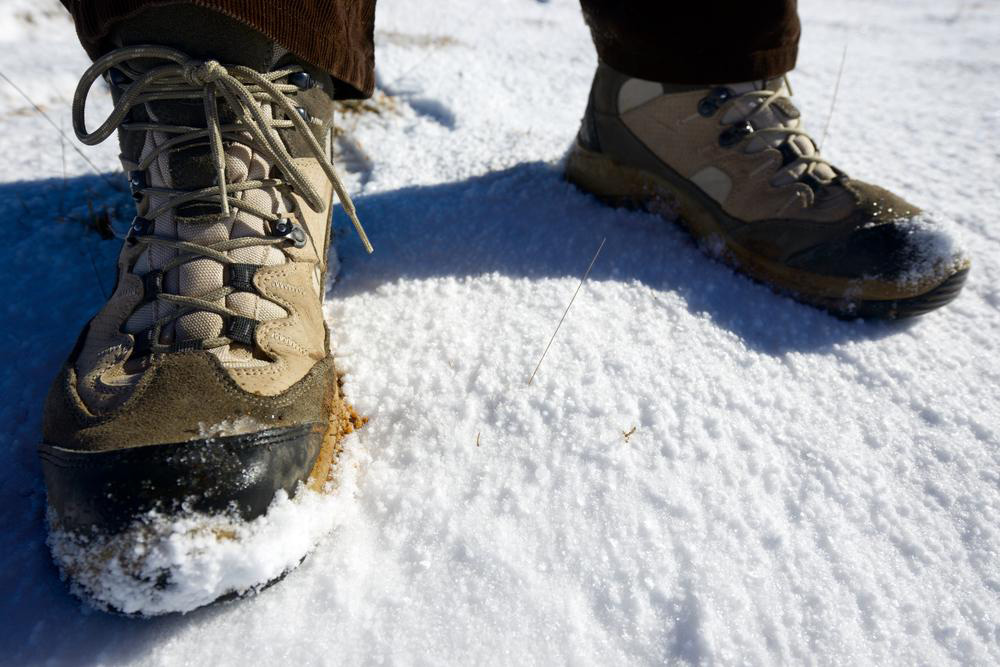
Guide to Selecting Optimal Snow Boots for Men
Men working or walking in snowy environments must prioritize keeping their feet warm and dry. Proper snow boots are essential not only for comfort but for safety and survival. Designed specifically for harsh winter conditions, these boots are vital for navigating deep snow and cold climates.
Unlike regular winter footwear, snow boots are fully waterproof instead of merely water-resistant. They also feature superior insulation to keep feet warm in extreme cold.
Features of Snow Boots
Many people mistakenly opt for cheaper winter boots, but snow boots offer enhanced protection and durability.
As highlighted earlier, standard winter boots are not fully waterproof. Snow boots, however, prevent water, mud, and snow from entering, keeping the feet dry and warm thanks to insulated linings.
Snow Gaiters
Equipped with snow gaiters, these boots form an extra barrier against snow intrusion. Some gaiters feature thick insulation and wrap around the leg, sealed with a drawstring for added protection.
Height
Snow boots are generally taller than hiking or work boots, designed specifically for walking through deep snow. This height, combined with snow gaiters, helps prevent snow from entering the footwear.
Soles
Most snow boots feature rubber soles to ensure grip on icy or snowy surfaces. Rubber soles are versatile, offering traction in both snow and water, making them the preferred choice.
Material and Construction
The upper part of snow boots is often made from leather or waterproof nylon, both durable materials. Sealed or taped seams further enhance water resistance.
Insulation
Insulation is critical for warmth. Options include wool linings or synthetic blends. Thinsulate insulation, especially between levels 400 to 800, delivers excellent warmth and is ideal for active individuals.
When choosing snow boots, consider these features for the best fit, durability, and comfort. Investing in quality footwear ensures safety and warmth during harsh winter conditions.

